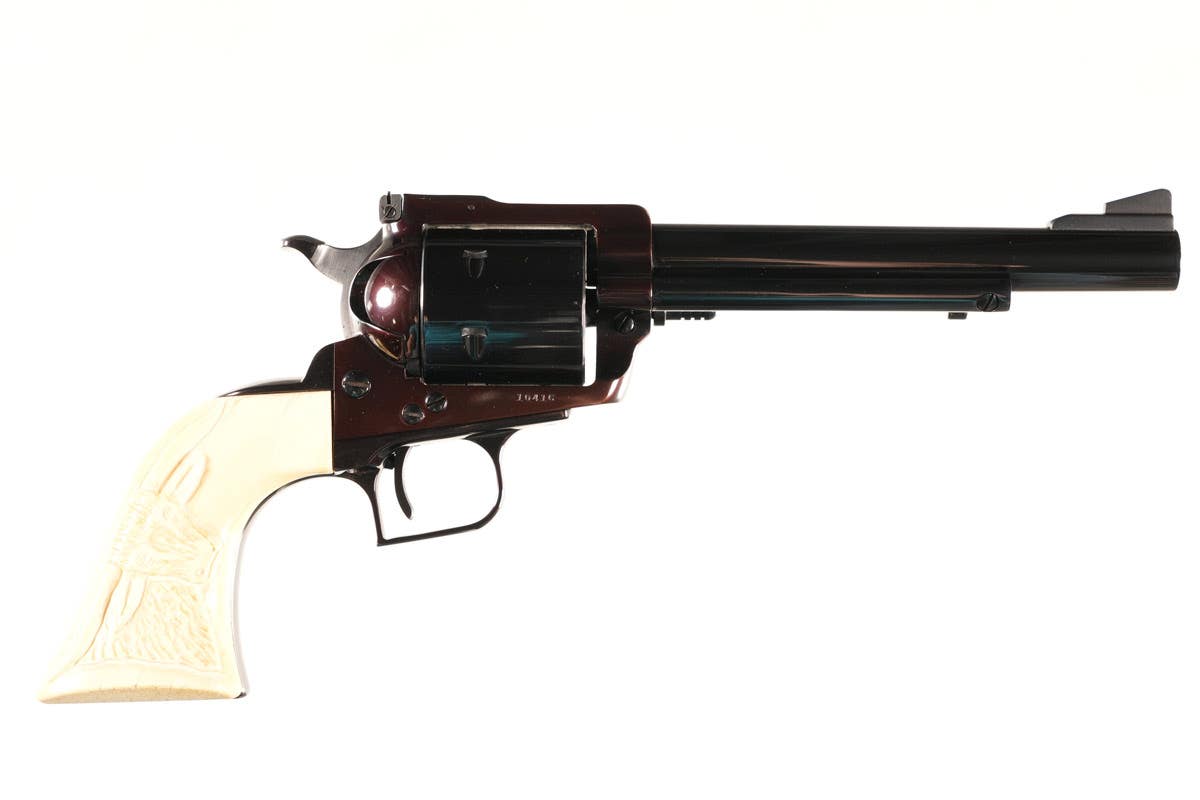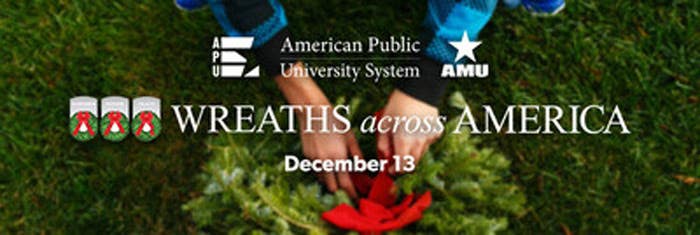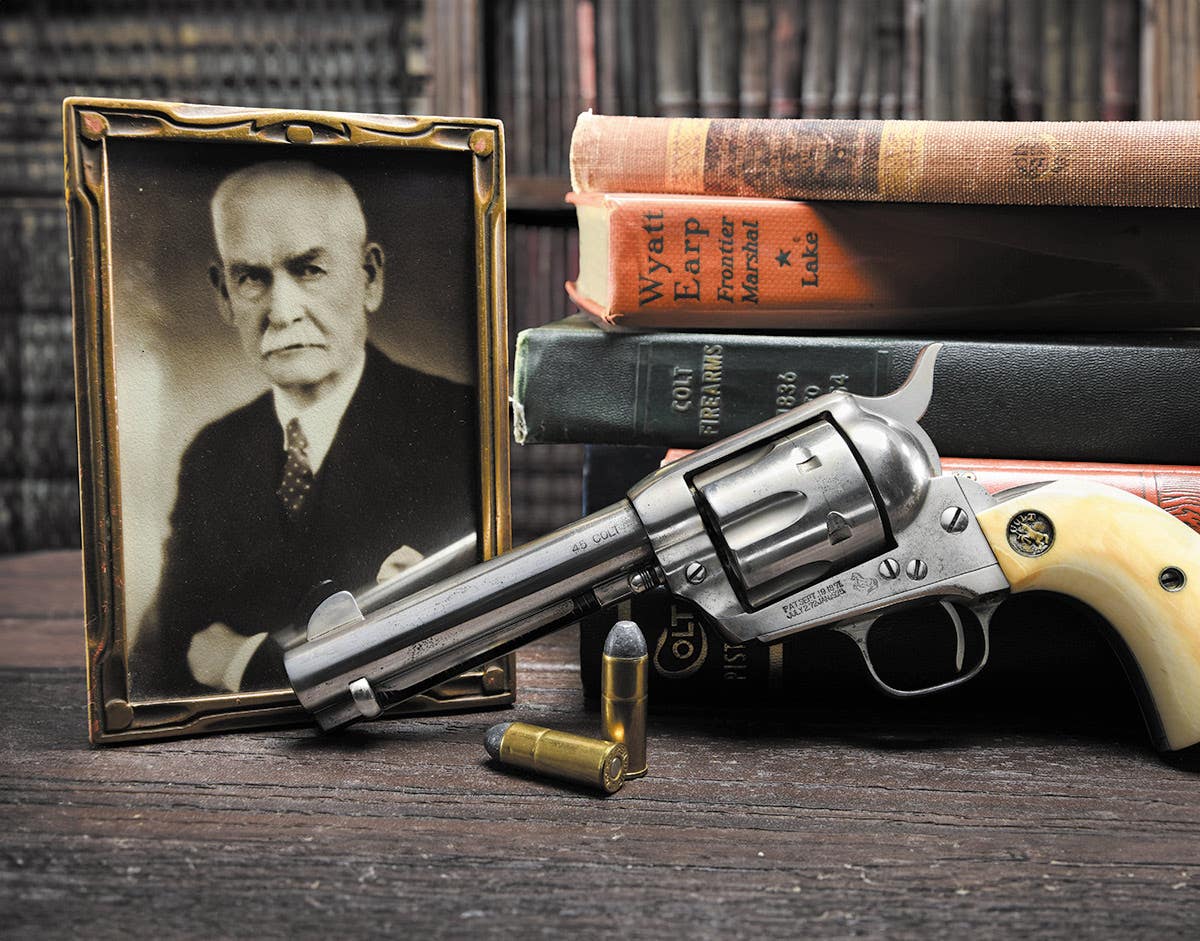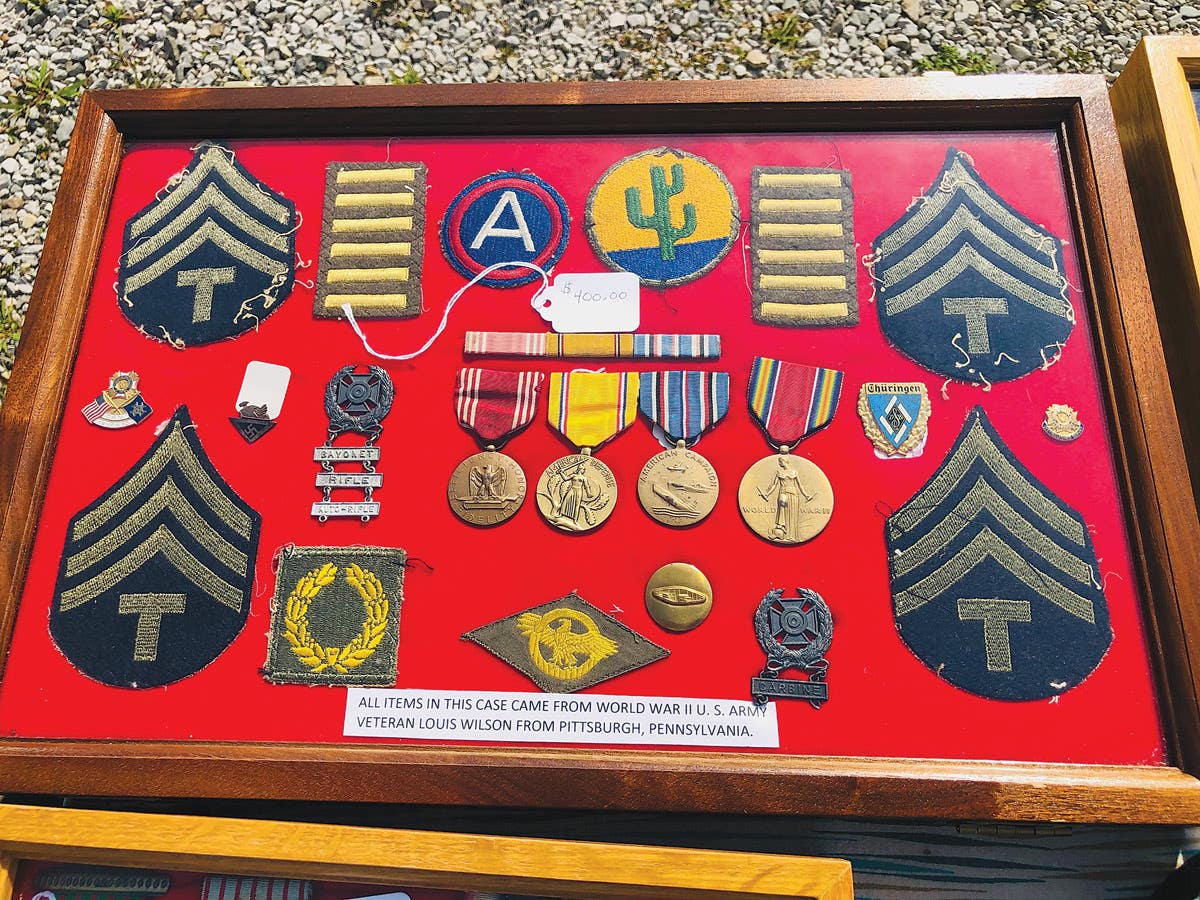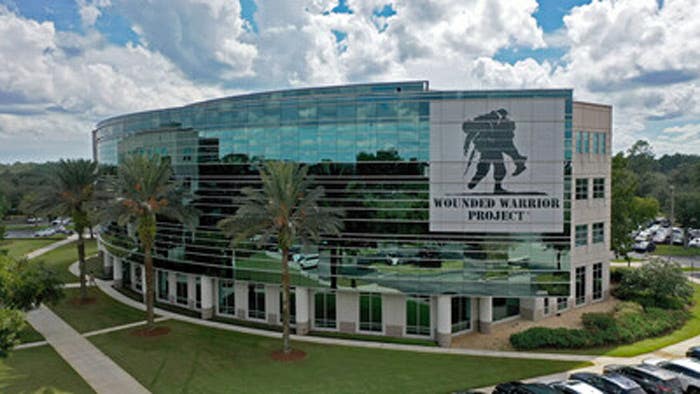WWII Groupings: The Value’s in the Details
The days of breaking up trunk lots, stripping insignia and robbing patches is gone. Today, collectors pay the most for “groupings” of material that belonged to one soldier.
The phone rings. The voice on the line says they are answering your ad for WWII mementos. Would you be interested in their Dad's uniform? A few questions leads you to conclude that the uniform has been stripped of all insignia, but you decide to go over and look at it--just in case. When you visit the home, the Ike jacket is indeed stripped of any insignia except for an embroidered 15th Air Force insignia. "Not bad," you think, "With the identification of their dad and the patch, this is about an $85 uniform." Before making a fair offer, you ask the all-important question, "Do you have anything else from your dad's service years?"
The days of breaking up trunk lots, stripping insignia and robbing patches is gone. Today, collectors pay the most for "groupings" of material that belonged to one soldier. This extensive collection of material belonged to a WWII USMC VMF 212 Corsair Pilot. Advance Guard Militaria of Burfordville, Missouri, sold the entire lot for $5,275. www.advanceguardmilitaria.com
The question leads to discussing just what they remember seeing. First, they pull out a tattered but respectable A-2 flight jacket and you recognize the painted insignia of the 98th Bomb Group. Together with the Ike, this "group" just jumped in value to about $500.
After asking about any medals or awards, the vet's children produce a box containing a three-award medal ribbon bar with Air Medal mounted by three bronze subsequent award oak leaf clusters, Good Conduct, and European campaign ribbon with four stars; loose embroidered 15th Air Force shoulder sleeve insignia, the man's identification tag, an uninscribed Air Medal with three bronze subsequent award oak leaf clusters on the ribbon, a silver Air Crew wing badge and a few original photographs taken from his B-24 in formation flight, one inscribed. The value has suddenly jumped to around $900!
A final inquiry about "paperwork" produces a file that includes the 1945 98th Bombardment Group listing of the Group's 14 Battle Participation Awards, the March 28, 1944 98th Bombardment Group 200th Mission commemorative letter and an informative, brief history of operations to that date with special note of their heroic participation in the first raid on the Ploesti oil fields. Further examination produces a document listing AAF men to be sent to the U.S. for "rehabilitation, recuperation and recovery," with this particular vet's name listed among them. What started out as a simple, stripped Ike jacket has suddenly become a $1,200+ grouping.
GET IT ALL
Collecting groupings is a relatively new phenomenon in the hobby. Many early collectors were satisfied by simply collecting their "specialty," be it helmets, collar discs, patches or whatever niche they defined as their own. This led to the proliferation of stripping uniforms for the particular piece of interest. Furthermore, dealers had been convinced that they could make more money by splitting up groups...selling the helmet to helmet collectors, collar discs and shoulder patches to insignia collectors and discarding the bulky uniforms. The logic at the time was that the uniforms took up too much space for the amount of monetary return that they offered.
For many years, WWII collecting remained nameless, especially in regard to relics of the Axis. "Identified" items just didn't seem to matter to most collectors.
A "trunk lot" of a WWII airborne troop carrier pilot who flew on D-Day sold for $1,250. www.advanceguardmilitaria.com
This all changed as more and more former Civil War collectors moved into the WWII arena. This group of collectors had learned very early that the value of a photograph, weapon, or uniform increased dramatically if the name of a soldier was attached to it.
The former Civil War collectors were attracted by the plentiful supply of WWII relics and the relative ease of finding "identified" pieces. It didn't take long for dealers to recognize this emerging market.
Today, the same dealers who, years ago, thought nothing of plucking a patch from a jacket's shoulder or a pair of wings from the breast, are now gathering every scrap of paper, every personal hygiene item, and every piece of clothing a soldier was issued to offer "groupings" for sale.
KNOW YOUR SOURCE
Sure, patch and insignia stripping has subsided in recent times, but "assembling" groupings has proliferated. For some, it is an overwhelming temptation to put a group together. It increases values and moves items that aren't that desirable in the first place.
WWII AAF P-51 Ace's Group that included his A-2 flight jacket, flight gear, documents and gun camera was quickly snapped up for $9,975. www.advanceguardmilitaria.com
For example, consider this scenario: A Class A tunic with a 3rd Army patch is worth about $25. An unscrupulous dealer could add some armor collar discs ($10)' a pair of 1940 cavalry boots ($125), mounted breeches ($10), a visor cap ($25), an unnamed Purple Heart ($25) and a story about how this belonged to "one of Patton's tankers who was wounded at the Bulge." As such, this "grouping" with a face value of $220, could be marketed for as much as $350. More important to the unscrupulous dealer, though, is the "grouping" would permit him to get rid of items that would otherwise be very difficult to sell.
THE KEY IS THE PROVENANCE
The key to any good grouping is the provenance. Many soldiers marked their belongings (U.S. soldiers used their surname initial followed by the last four digits of their serial number). If all pieces in a grouping are marked similarly, that provides strong evidence that everything belonged to the same soldier.
Other than buying directly from the veteran or his/her family, one has to be able to trust their source. Is your source the type to add (or even worse, strip away) a pair of wings, a patch, or a piece of field gear? Resist the temptation of a great grouping if you don't know your dealer's reputation, or worse yet, if you do know the reputation and it isn't impeccable.
A DIFFERENT KIND OF COLLECTING
Those who specialize in groupings tend not to develop the expertise of a "type collector." Whereas a helmet collector will know and recognize variations in helmet liners, a grouping collector is more interested in the story of the soldier who wore the helmet. The joy for the grouping collector is in the amount of information they can learn about the military career of the soldier whose items they own.
WWII Navy PBM-5 Radioman/Gunner's Group With Rare AN-J-2 Flight jacket sold for $695. www.advanceguardmilitaria.com
A downside to a grouping, though, can be in how to display it. Groupings require a great deal of flexibility. A patch collector will never need to worry about display torsos or adequate closet space. A medal collector will never need to be concerned about leather dry rot. A headgear collector will never wonder how to preserve brittle documents. A bayonet collector will rarely be concerned about light levels. But all of these are the concern of a grouping collector. In fact, the same concerns a local historica l museum faces in regards to t preservation, handling and display, are the same that a grouping collector faces.
A grouping that included an AAF 5th AF Technical Observer's A-2 and B-3 flight jackets sold for $1,895. www.advanceguardmilitaria.com
Groupings, more so than specialized "type collections," impart the sense of the soldiers who made the sacrifice to serve their countries. Like the local historical museum, the grouping collector enjoys the sense of "putting the personality back into the objects."



